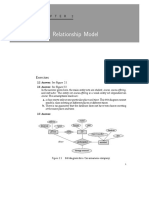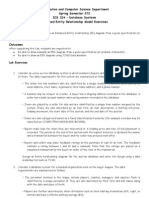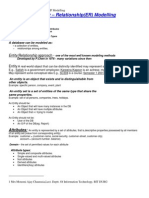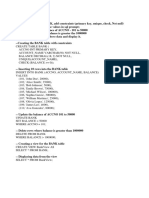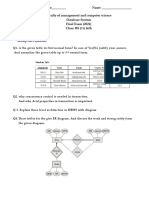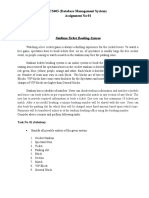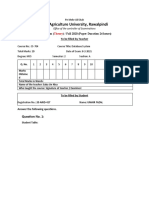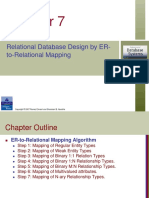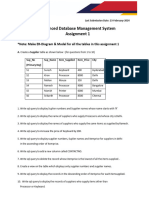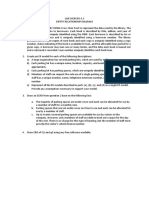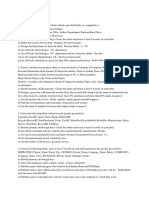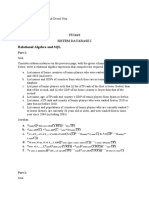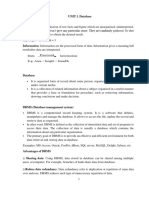0% found this document useful (0 votes)
394 views16 pagesE-R to Relational Model Conversion
This document discusses how to convert an entity-relationship (E-R) diagram into a relational database model. Each entity type becomes a table, with attributes as columns and the entity's primary key as the table's primary key. Composite attributes are split into separate columns. Multivalued attributes require a separate table, with a foreign key reference. Relationship types are modeled by including primary keys as foreign keys between tables, or by creating an associative entity table for many-to-many relationships. The conversion process specifies the schema, primary keys, and foreign key references for each table.
Uploaded by
Leong Chee HaoCopyright
© © All Rights Reserved
We take content rights seriously. If you suspect this is your content, claim it here.
Available Formats
Download as PPTX, PDF, TXT or read online on Scribd
0% found this document useful (0 votes)
394 views16 pagesE-R to Relational Model Conversion
This document discusses how to convert an entity-relationship (E-R) diagram into a relational database model. Each entity type becomes a table, with attributes as columns and the entity's primary key as the table's primary key. Composite attributes are split into separate columns. Multivalued attributes require a separate table, with a foreign key reference. Relationship types are modeled by including primary keys as foreign keys between tables, or by creating an associative entity table for many-to-many relationships. The conversion process specifies the schema, primary keys, and foreign key references for each table.
Uploaded by
Leong Chee HaoCopyright
© © All Rights Reserved
We take content rights seriously. If you suspect this is your content, claim it here.
Available Formats
Download as PPTX, PDF, TXT or read online on Scribd
/ 16






